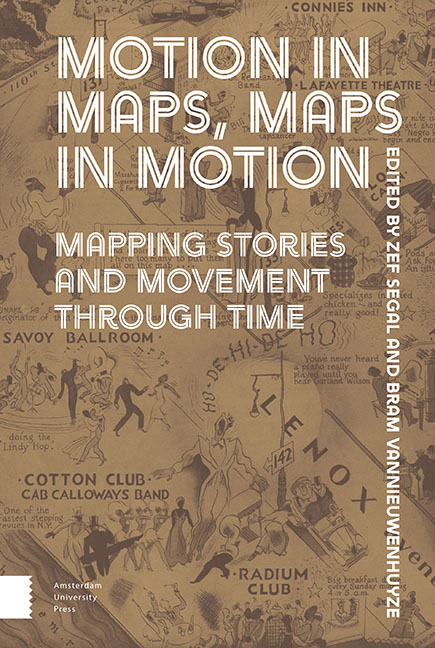
-
The digital format of this book is no longer available to purchase from Cambridge Core. Other formats may be available.
-
Select format
-
- Publisher:
- Amsterdam University Press
- Publication date:
- Invalid date
- October 2020
- ISBN:
- 9789463721103
- Dimensions:
- Weight & Pages:
- Dimensions:
- Weight & Pages:
- Subjects:
- Geography: General Interest, Geography
You may already have access via personal or institutional login- Subjects:
- Geography: General Interest, Geography
Book description
This volume argues that the mapping of stories, movement and change should not be understood as an innovation of contemporary cartography, but rather as an important aspect of human cartography with a longer history than might be assumed. The authors in this collection reflect upon the main characteristics and evolutions of story and motion mapping, from the figurative news and history maps that were mass-produced in early modern Europe, through the nineteenth- and twentieth-century flow maps that appeared in various atlases, up to the digital and interactive motion and personalised maps that are created today. Rather than presenting a clear and homogeneous history from the past up until the present, this book offers a toolbox for understanding and interpreting the complex interplays and links between narrative, motion and maps.
Contents
Metrics
Full text views
Full text views help Loading metrics...
Loading metrics...
* Views captured on Cambridge Core between #date#. This data will be updated every 24 hours.
Usage data cannot currently be displayed.
Accessibility standard: Unknown
Why this information is here
This section outlines the accessibility features of this content - including support for screen readers, full keyboard navigation and high-contrast display options. This may not be relevant for you.
Accessibility Information
Accessibility compliance for the PDF of this book is currently unknown and may be updated in the future.

